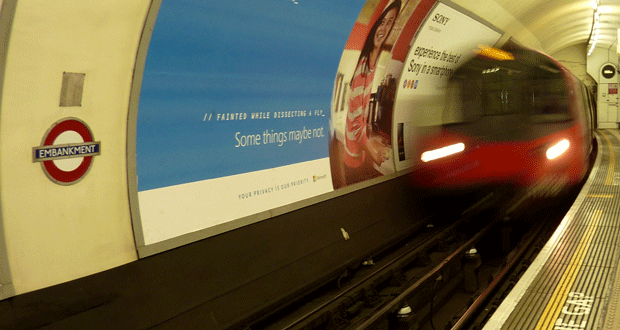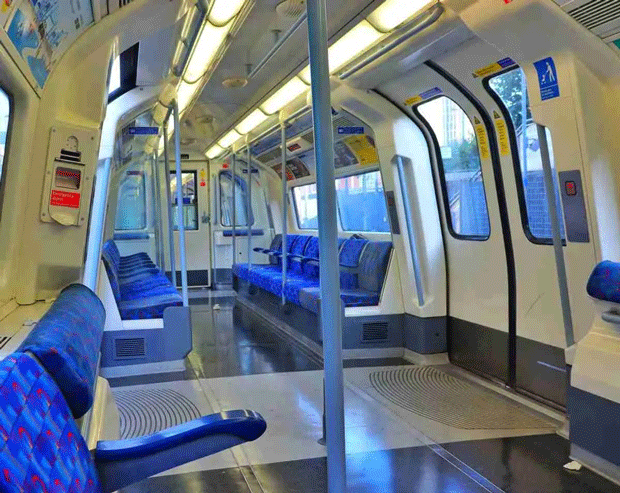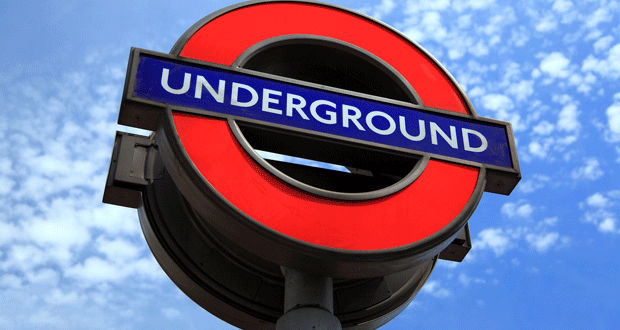It is not only buildings that require air conditioning; other spaces must also be cooled. One example is underground trains and the facilities within which they operate. Anthony O’Connor, factory manager at LH-plc, explains
Many people point to 1976 as the lengthiest, driest heatwave the UK has ever experienced. Indeed, it has gone down in the country’s meteorological history as the most punishing long, hot summer of all time. And it was undeniably roasting hot – temperatures topped 32°C for 15 days on the trot, climbing to a maximum of 35.9°C on July 3 that year.
However, according to a leading scientist, it was nothing like the crisis we currently face. The highest temperature ever observed in London was 40.2°C recorded at both Heathrow Airport and St James’s Park on July 19, 2022. But this statistic is practically meaningless as global warming sends records tumbling year on year.
Writing recently, Dr Ella Gilbert, a climate scientist for the British Antarctic Survey, said: “In 1976, the UK was an anomalous red blob of unusual heat on a map of distinctly normal summer temperatures. Contrast that to July 2022, and there are few places on Earth where temperatures are not considerably above average… And this record-breaking year is just one in a series of record-breaking years.”
So, heatwaves are not only here to stay, but are set to worsen. As outside temperatures soar to more brutal levels every summer, nowhere in the UK is this experienced more acutely than in London. Commuters have observed bus drivers in the capital with wet towels wrapped around their heads in a bid to keep them cool.
But arguably, bus drivers have it easy compared to tube train drivers who are confined in a tight space underground for many hours, often in stifling conditions and with no relief from the relentless heat.
Data from Transport for London (TfL) showed the average temperatures for the tube lines in July 2020 were nearly 30°C on the Bakerloo and Central lines. One driver described the conditions as being “like an absolute steam room in the driving cab during the summer”. Another said: “Temperature often exceeds 40°C and, on many shifts, I’m left feeling physically sick due to the heat.”
There is currently no law in the UK covering maximum safe working temperatures and, according to the train drivers’ union ASLEF, even the laws that do cover workplace temperature don’t apply to train drivers’ cabs.
When the union surveyed drivers on their cab conditions, an overwhelming 85% reported struggling with extreme heat in the cab, particularly during the summer.
ASLEF said: “When it is hot, drivers are sometimes forced to open windows (which makes it very noisy); are extremely uncomfortable or sweating, and often unable to access enough water to stay hydrated.
“We know that a comfortable driver is a safe driver, and we all want the railway to be focused on safety as a top priority… It’s time to protect all workers, and for all of our cab conditions to be improved.”
In these sorts of conditions, it is imperative that the drivers – and, of course, their passengers – have access to some form of climate control.
A major trial on London’s Underground system is evaluating the viability of reducing temperatures on the deep tube network (see box below). TfL is testing a new cooling system designed to reduce temperatures for tube passengers on hot days.
If the trial is successful and funding is secured, it will be extended to five deep stations on the Piccadilly line – Green Park, Holborn, Knightsbridge, Leicester Square and Piccadilly Circus. Longer term, it could be rolled out across the Bakerloo, Central, Jubilee, Northern, Piccadilly, Victoria, and Waterloo & City lines.
LH provides specialist servicing and maintenance to ensure railway air conditioning systems perform well and deliver comfortable conditions for drivers and passengers. The company carries out work on behalf of many of the major UK rail carriers as well as Transport for London (TFL). For more information, visit: https://lh-plc.co.uk/specialist-sectors/railway-air-conditioning/.
A £1.5 million trial on London’s Underground system is evaluating the viability of reducing temperatures on the deep tube network. The trial, which is taking place on a disused platform at Holborn station, aims to cool passengers waiting on platforms as well as mitigating temperature rises that inevitably arise when running more trains on the Piccadilly line as part of the line’s future capacity upgrade.
The cooling equipment comprises a series of tubes with cold water around them with fins connecting the heat out, and fans blow air through that heat like a car radiator.
Initially, however, a problem had to be solved in the original system in order for it to operate effectively. The fins were extremely close together and dust and detritus would accumulate there, obstructing the air passage and causing stagnation points. This, in turn, caused the system to lock up.
The new system has the same operating principles as the original design – the circulation of cold water around pipework within a curved metal structure to chill it with a fan. However, the coil was reconfigured to ensure the unrestricted passage of air.







